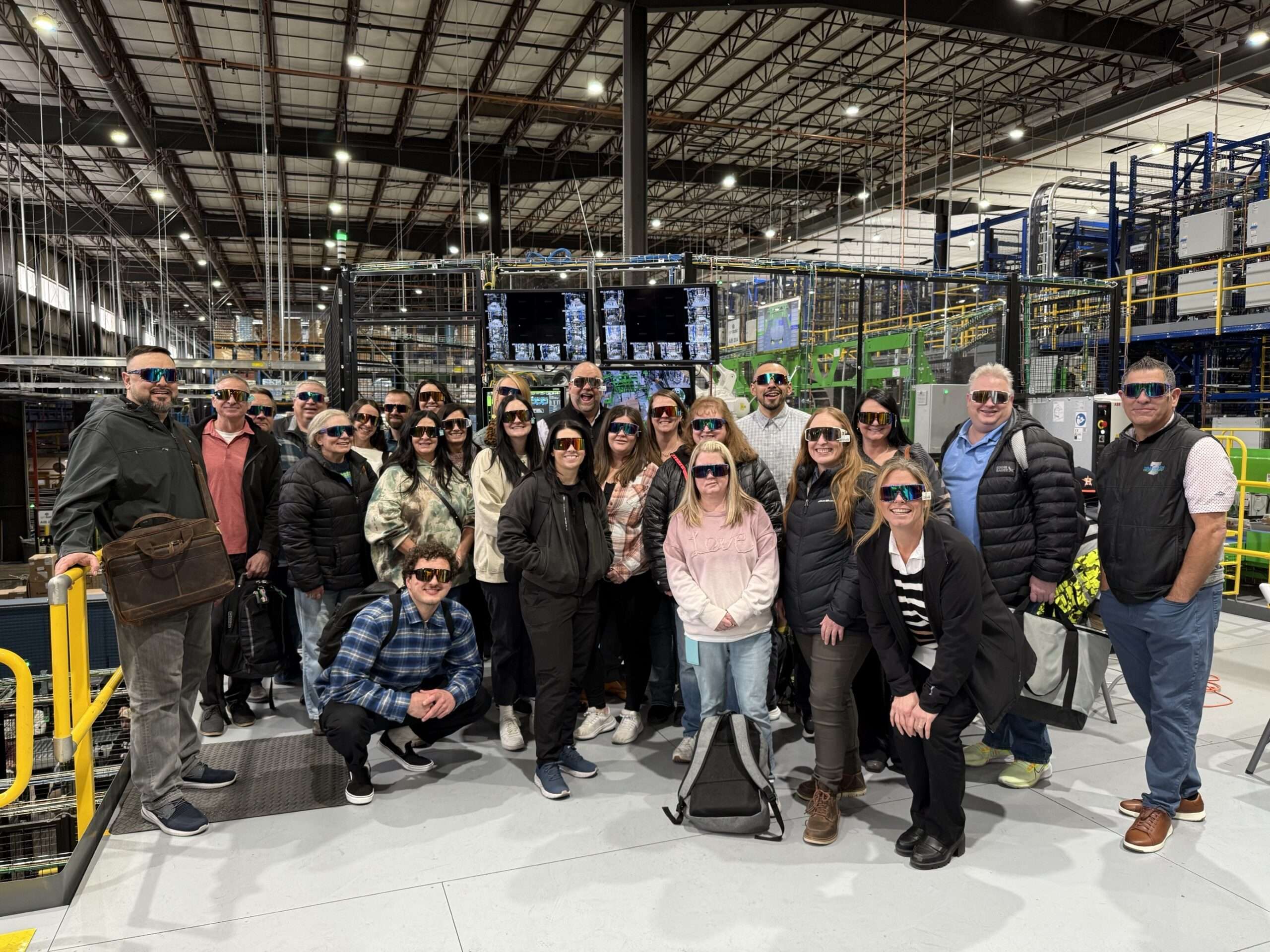Associated Food Stores recently hit a major milestone, achieving 90 percent raw service levels in the grocery department for the first time since before the COVID-19 pandemic. While not yet at historical expectations of 95 percent, the achievement signals steady progress for a team that’s remained focused on strengthening the supply chain.
“We’re not where we want to be yet, but it’s hard not to be encouraged when you see this kind of momentum,” said Todd Bell, vice president of procurement. “This has been a mission of sorts for the team, to get our service levels back where our retail members deserve them to be.”
Year-to-date, overall service levels are now above 89 percent. Some departments, including produce and food service, have consistently maintained high levels, even throughout the pandemic.
The return to 90 percent has been driven by several factors, including fewer supply constraints, better raw material availability and more normalized consumer demand. But according to Todd, the real story lies in the people behind the scenes.
“I give a lot of credit to our procurement and distribution center teams,” said Todd. “They’ve done it without increasing safety stock, which is even more impressive considering we’re also supporting Project ROAR and managing cash flow priorities.”
Throughout Project ROAR, the distribution center has navigated tighter storage capacity and more complex inventory management. During Spring Case Lot, for example, AFS achieved over 98 percent service levels on promoted items with minimal overstock afterward, thanks to coordination across multiple departments including procurement, Exclusive Brands, transportation and inbound logistics.
The team’s success has also been supported by enhanced forecasting and planning tools such as Advanced Warehouse Replenishment (AWR), Catalyst, SPARK and data-sharing partnerships through Topco. But equally important has been the collaboration that stems from the company’s SCOPE (Supply Chain Operations Planning & Execution) process.
“SCOPE has helped bring our departments together in a more strategic and unified way,” Todd said. “It’s become a vital part of our success.”
Vendors and suppliers are part of that strategy too. AFS has taken a more aggressive approach with partners by providing forward-looking forecasts, developing corrective action plans for underperformance and enhancing promotional coordination.
“Every day we’re battling for our fair share of supply,” Todd said. “We can’t just sit back. The more we collaborate with our vendor partners, the stronger we become.”
The team now sets its sights on a 93 percent goal, with a goal of returning to 95 percent over time. Todd emphasized that while the number is extremely important, the progress reflects the dedication and resilience of AFS teams across the board.
“There’s always a new challenge—whether it’s tariffs, supply disruptions, or shifting demand, but our team has so much fight in them,” he said. “It’s more than just a job for us. Watching ‘One Associated’ in action is one of the most inspiring parts of my role and I’m excited about the future.”



